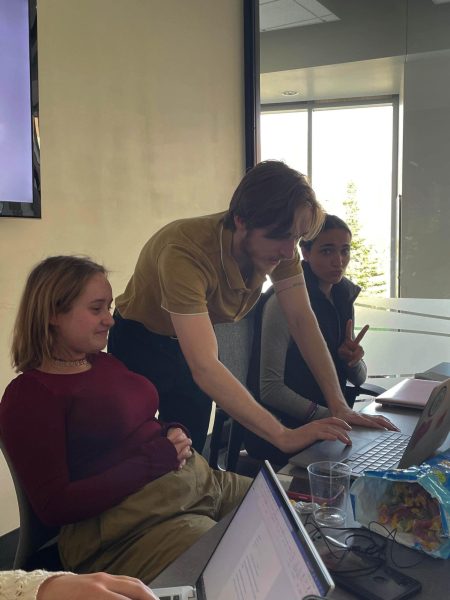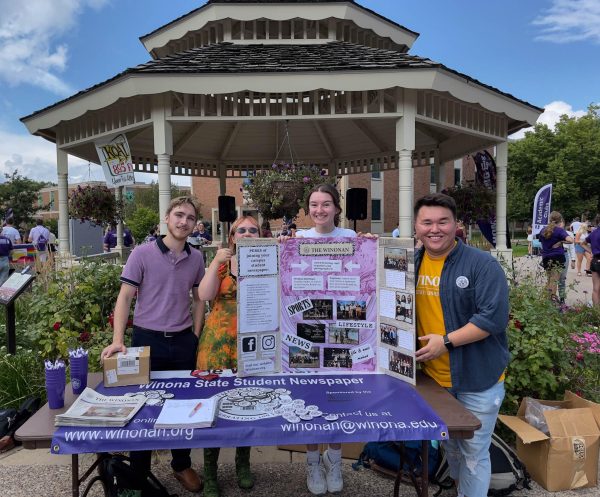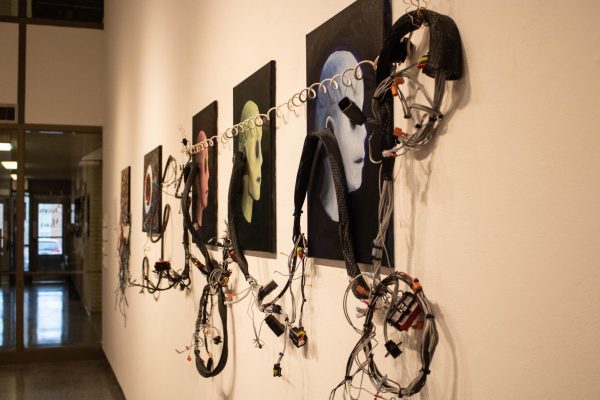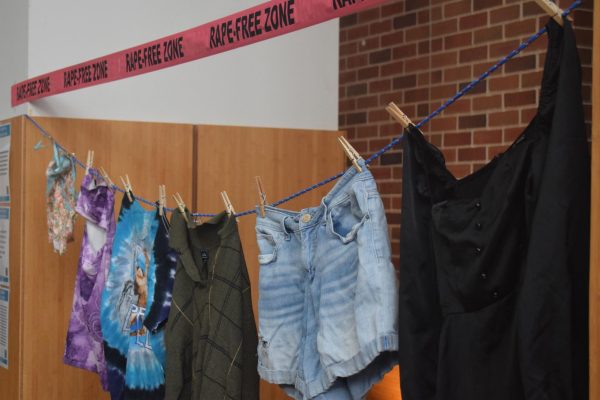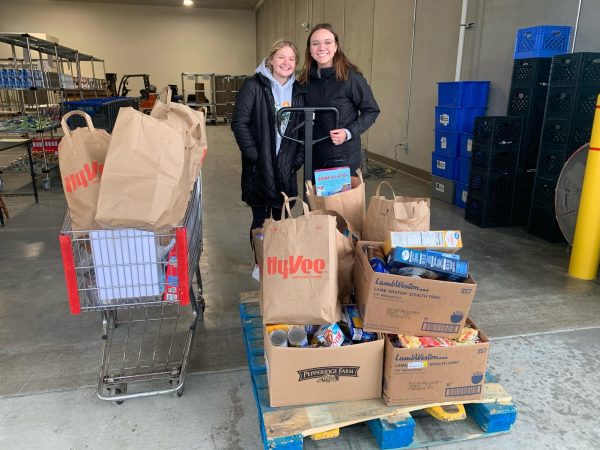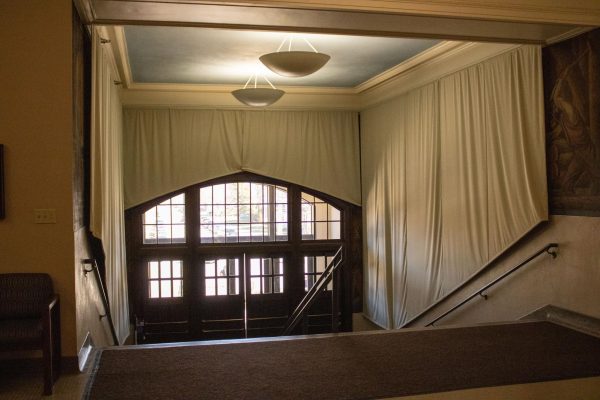Students react to alternative learning methods

April 15, 2020
Coronavirus continues to change the world as people know it. For Winona State University, the biggest shift was the movement of all courses to remote and digital learning, effective March 30.
The past two weeks have been an adjustment period for all involved in higher education with the implementation of Zoom, a video conferencing software.
While the age of technology continues to update, students shared their thoughts on the update to their college learning.
Many students and staff alike did not anticipate leaving for spring break without a concrete “return-to-campus” date, so there was an upheaval of academic routine throughout both the campus and the country.
Many students see both pros and cons to their classes using alternative delivery methods.
Many students report the lack of face-to-face communication being a major barrier to effective learning.
For junior Clara Kuerschner, a secondary math and history education major, she expressed frustrations with Zoom’s connectivity.
“I prefer the prerecorded lectures to zoom class,” Kuerschner said. “I am sharing my Wi-Fi at home my college-age brother, 9th grade sister, 5th grade brother and distance teaching mom. It is hard for my computer to keep up with large Zoom meetings rather than a quick 20-minute video.”
Kuerschner said she had become accustomed to lecture-heavy classes this spring semester, so distance learning has not felt “much different than being on campus”.
Unlike physical lectures, Kuerschner claims the pre-recorded element of class helps her return to material she did not understand, which is something she could not do in a physical classroom.
For many, online learning does not promote equal opportunities for learning, as everyone comes from different homes and socio-economic backgrounds, which can often affect Internet connectivity. These opportunities can also be affected based on a student’s major.
Students in science-dominated majors may no longer have access to essential equipment on campus and labs to complete their studies, and art students may have lost studio spaces to freely create.
Senior Abbey Johnson said she considers herself lucky to be an English major during this time, because she believes the transition has been easier in her field.
“English has been easy to switch over via discussion boards,” Johnson said. “Most of my classes are not using Zoom at all. The hardest part is missing out on fuller class discussions and historical contexts for novels, which often help me learn.”
Thinking ahead to her future, Johnson also said that she thought these unforeseen shifts in learning may better prepare her for professional online work.
Nursing major Rachel Huebert explained her hesitations with Zoom in a classroom setting.
“It is nice to see everyone’s faces that you wouldn’t really see in a classroom setting because you are staring at the professor the whole time. But it is awkward to a lot of students, and it’s hard to have discussions with 50 + students over Zoom,” Huebert said.
Hubert also said most of her Zoom meetings focus on outlining plans for the week instead of a day-to-day breakdown like she would have got in an in-person lecture. Huebert described this aspect of her new learning style as “annoying and a waste of time.”
For Ruby Kwallek, a third year environmental science and geology major, she said it is too early to tell if her time with Zoom will significantly impact her future learning.
“Online learning could either push me in making better study habits or influence me by not receiving the information the way I should,” Kwallek said.
Many students report being able to see people in their “natural environment” was the best part of using Zoom. Also mentioned was how students and staff love to see
other’s pets in the webcam, as it often diffuses some stress associated with distance-learning.
Because Zoom is software, there is a risk of malfunctions and hacking.
The phrase coined recently was “Zoombombing,” and the threat has been increasing as users are upped.
This has involved incidents with hacking into Nazi propaganda websites, inappropriate language and gestures and even hijacking control of academic sessions from professors.
In an announcement made by Ken Graetz, director of Teaching, Learning and Technology Services, there are ways to help combat this unfortunate breach in the service.
He encourages Zoom hosts to give meetings IDs, which are required to enter online meeting rooms, to only essential members of classes.
According to Gaetz, there are other steps to help ensure technological security, like a required meeting password, screening meeting attendees for proper permissions and locking meetings while in-session.
As Winona State continues alternative modes of delivery for classes, most students and staff expect to learn and teach differently with the implementation of Zoom into higher education.
The opinions expressed in this paper are not necessarily those of Winona State University, the Minnesota State Colleges and University system, or the Winona State University student body.





























































